You probably know you should stabilize fuel before placing your lawnmower, motorcycle, classic car or other vehicles and equipment into storage for the season. Maybe you learned the lesson the hard way after tearing a rotator cuff trying to start a lawnmower or snowblower after several months in storage minus stabilized fuel. So, what is fuel stabilizer and what does it do?
Time degrades gasoline
Just about everything deteriorates over time, including the fuel that powers your vehicles and equipment. In fact, gasoline can start to break down in as little as 30 days. Deposits can form that prevent the engine from starting, like those shown in this carburetor bowl.
Bad gasoline is the number-one reason seasonal equipment starts hard or runs rough.
Over time, gasoline changes, leaving behind gums, varnish and other solids that foul the fuel system and prevent gas from flowing into the combustion chamber. In severe cases, gasoline can change so dramatically that it no longer ignites.
Gasoline is predominantly a mixture of carbon and hydrogen atoms bonded together into energy-dense hydrocarbons. Like conventional base oils, it’s derived from crude oil via a distillation process that uses heat, pressure and other catalysts to create different fractions. Gasoline is comprised of hydrocarbons that are lighter than those found in, for example, diesel fuel or conventional base oils. Refiners add ethanol to the formulation, typically 10 percent, but as high as 85 percent.
Time, however, takes its toll on gasoline. Exposure to heat, humidity, atmospheric pressure, oxygen and other variables degrades fuel.
Fuel degrades more quickly than oil
In addition to gums and varnish becoming more concentrated and less soluble as lighter hydrocarbons evaporate, gas is continually oxidizing, which further contributes to varnish and other gunk.
Gasoline oxidizes more quickly than motor oil and its negative effects are more immediately noticeable. That’s why it’s important to use high-quality gas and store it in approved containers where air infiltration is limited, like inside a ventilated garage or shed, and not in the back of your truck or under the deck.
Meanwhile, ethanol added to gasoline at the refinery can absorb water from the atmosphere, which can lead to phase separation, which occurs when ethanol and gas separate, much like oil and water. Ethanol that has absorbed enough moisture and has sat long enough can foul the fuel system and prevent the engine from starting.
What does fuel stabilizer do?
That’s why it’s vital to stabilize fuel prior to storage.
Personally, I add gasoline stabilizer to my five-gallon gas can at every fill-up. That way I never worry about fuel going bad inside my four-wheeler, lawnmowers, chainsaws and other equipment around the homestead.
But what, exactly, does fuel stabilizer do? Let’s use an analogy to explain.
You’ve probably heard terms like “free radicals” and “antioxidants” in relation to your health. A free radical is an unpaired electron, and most are unstable and highly reactive. They can either donate an electron to, or accept an electron from, other molecules. This starts a chain reaction that can lead to oxidative stress and cell damage. Left unchecked, free radicals can lead to health problems, like cardiovascular disease and cancer.
To help fight free radicals, we should eat plenty of foods rich in antioxidants, which lessen their effects. Antioxidants can “donate” an electron to free radicals or trap them, effectively reducing their instability without becoming unstable themselves. Antioxidants aren’t silver bullets, but they go a long way toward improving our health.
By analogy, fuel stabilizer is an antioxidant for your gasoline. It disrupts the free-radical-induced chain reaction that causes gas to oxidize and form varnish and gums. Some stabilizer products, like AMSOIL Quickshot, also contain chemistry that increases solvency and breaks down existing varnish, helping clean a dirty carburetor and restore performance.
How does AMSOIL Gasoline Stabilizer stack up?
Very well, thanks. But don’t trust me, trust the independent test results shown below.
What about protection against corrosion? Again, AMSOIL delivers, as shown here.
So, if it’s formulated properly, like AMSOIL Gasoline Stabilizer, fuel stabilizer improves the stability of gasoline to protect against varnish and gum formation so your vehicles and equipment fire to life when you take them from storage. AMSOIL Gasoline Stabilizer also protects against corrosion during storage to maintain fuel-system cleanliness while stabilizing fuel for up to 12 months.
For short-term storage up to six months, consider AMSOIL Quickshot. It also contains chemistry that increases solvency and breaks down existing varnish, helping clean a dirty carburetor and restore performance.
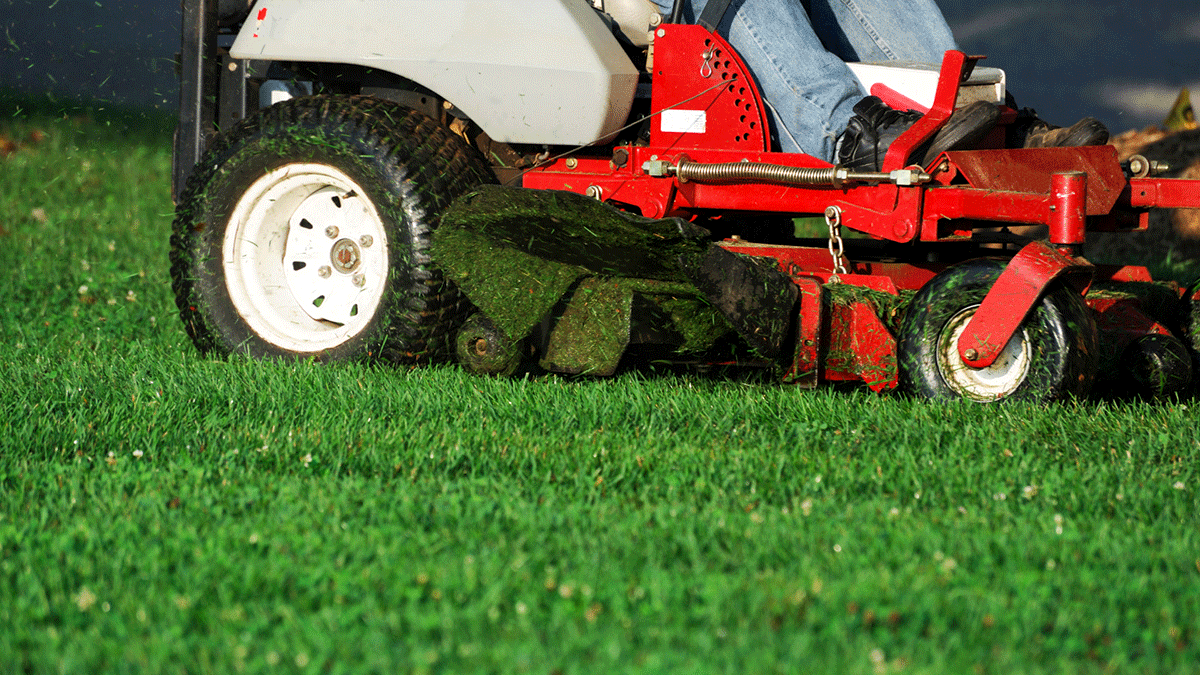
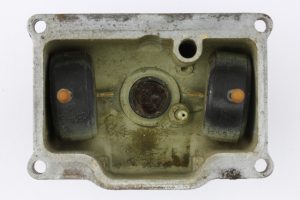
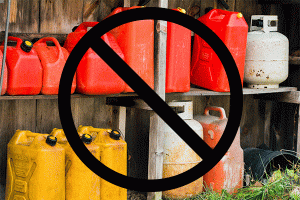
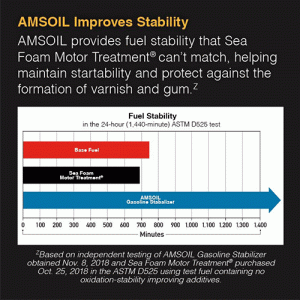
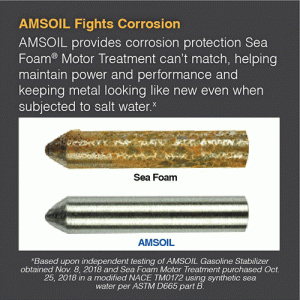
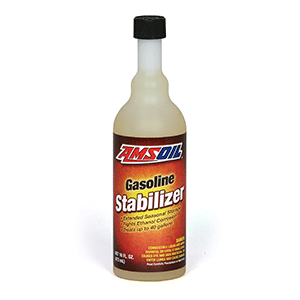
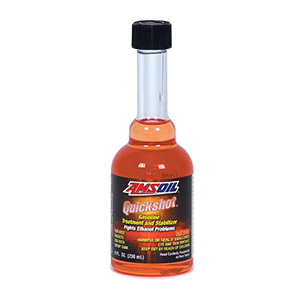

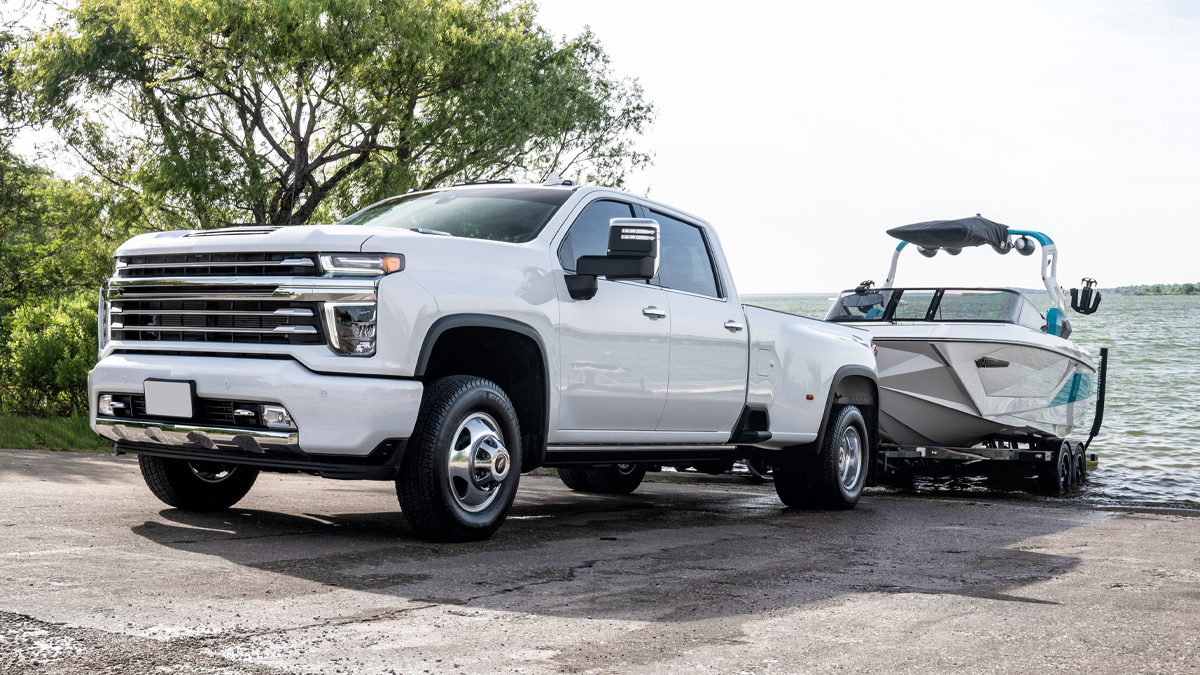

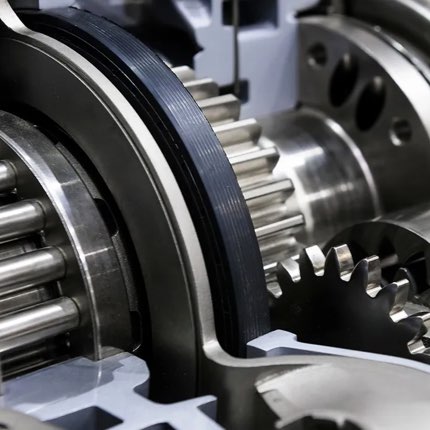
Comments
Share: